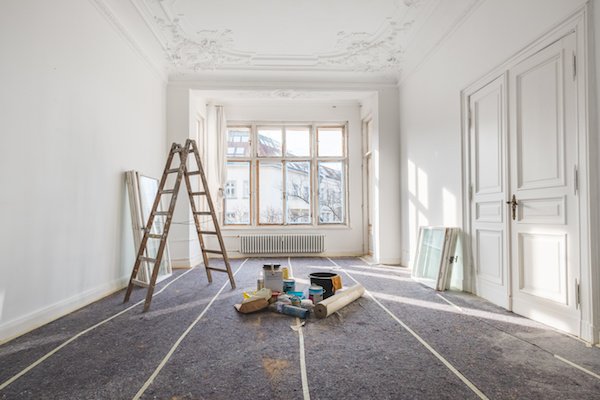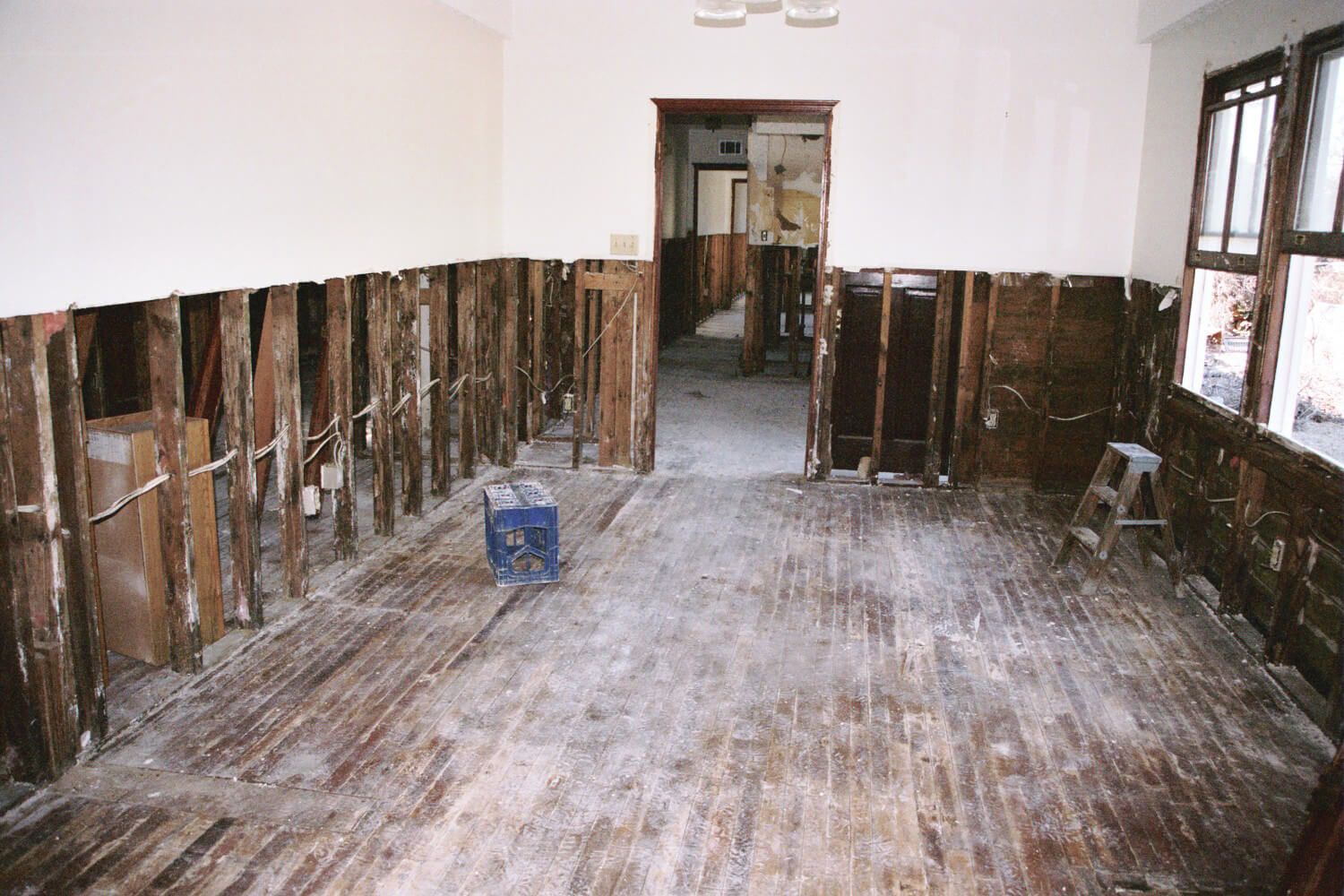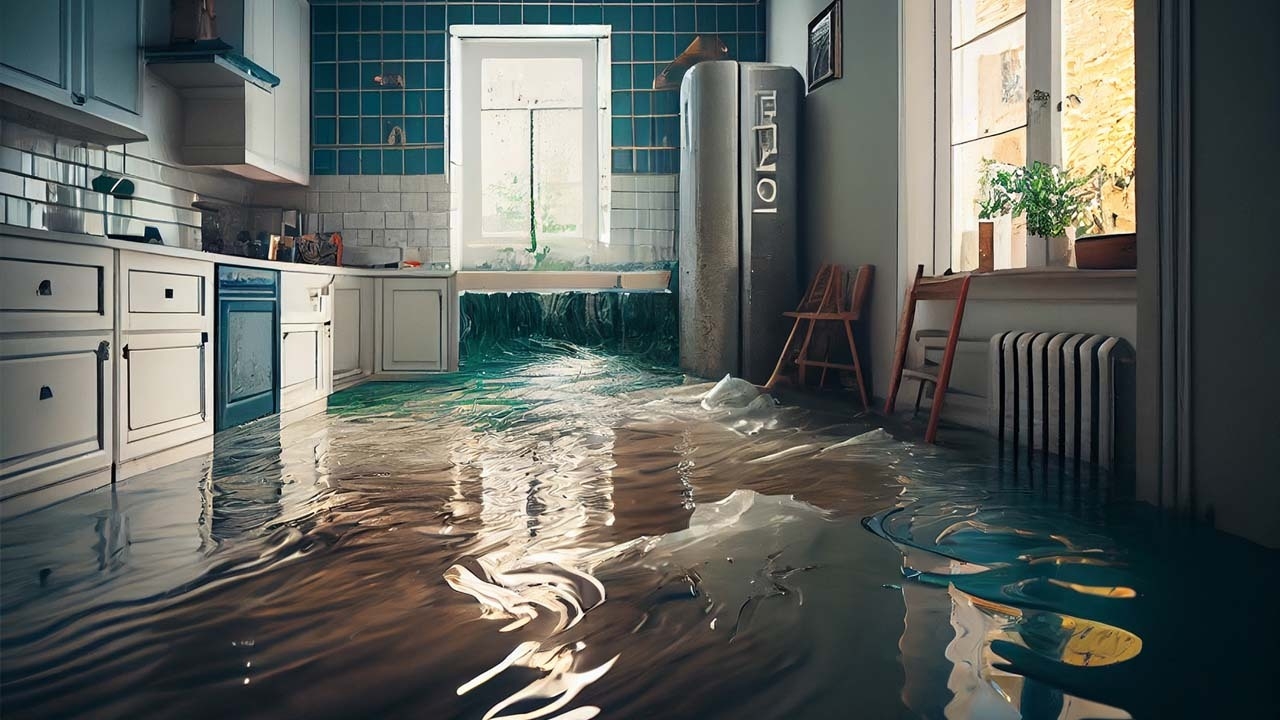Specialist Leak Detection Philadelphia: Guarding Your Building Versus Water Damage
Specialist Leak Detection Philadelphia: Guarding Your Building Versus Water Damage
Blog Article
Emergency Water Damage Repair: Swift Response to Decrease Further Damages
What specifically does emergency water damage repair entail? By recognizing the seriousness and comprehensive nature of this process, you will certainly acquire beneficial insights right into how experts take on emergency water damage, ensuring a swift and efficient response.
Relevance of Swift Action

One of the primary factors quick action is important in water damages reconstruction is to stop the development of mold and mildew and mold. Mold can start to grow within 24 to two days of water direct exposure, and once it takes hold, it can spread quickly throughout the afflicted location. Mold and mildew not only creates more damage to the structure of the building but also presents health and wellness threats to owners. By responding swiftly, professionals can thoroughly dry the area and prevent the development of mold and mildew, decreasing the demand for extensive remediation and ensuring the security of those included.
Furthermore, a punctual feedback can assist salvage and bring back important valuables and belongings. Water damages can be ravaging, especially when it influences individual items of monetary or nostalgic value. Acting quickly allows experts to evaluate the damages and implement appropriate reconstruction strategies to restore as high as possible. This not only helps to reduce monetary losses but likewise brings peace of mind to those impacted.
Evaluating the Level of Damage
To successfully address the effects of water damages, it is vital to without delay evaluate the extent of the damages inflicted upon the damaged location. Analyzing the extent of water damage is a vital step in the remediation procedure as it helps reconstruction professionals determine the proper strategy and establish a reliable restoration strategy.
Throughout the evaluation, restoration professionals thoroughly take a look at the affected area to recognize visible indications of damage, such as water stains, deformed materials, and mold and mildew development. They also make use of specialized devices to discover concealed damage, such as wetness meters and thermal imaging cams (leak detection philadelphia). This thorough analysis allows them to properly establish the degree of the damages and establish a customized restoration plan
Evaluating the degree of water damages is essential because it aids specialists prioritize their efforts. They can identify locations that require immediate interest, such as standing water removal and drying out, to avoid additional damage and minimize the threat of mold and mildew development. They can additionally identify the areas that need repairs or replacement, making sure that no damage goes unnoticed or unattended.
Furthermore, a detailed evaluation supplies valuable information for insurance functions. It helps homeowners and insurance adjusters comprehend the range of the damage, which is vital for submitting precise insurance policy cases and getting the suitable insurance coverage.
Water Removal and Drying Out Refine

The water extraction and drying procedure is an essential action in water damage remediation, as it involves the removal of excess water and the thorough drying of the afflicted location to avoid more damages and minimize the threat of mold and mildew development. After analyzing the level of the water damages, the next step is to extract the water from the damaged area. This is typically done utilizing customized tools such as pumps, dehumidifiers, and vacuums. These see this tools are created to successfully and efficiently eliminate water from numerous surface areas, consisting of floors, walls, and rugs.
As soon as the excess water has been extracted, the drying out process begins. This action is necessary in stopping secondary damages, such as structural damages and the development of mold and mold. High-powered fans and dehumidifiers are made use of to distribute air and remove wetness from the air and surfaces. The drying out process might take several days, depending upon the level of the water damage and the products involved.
It is important to make sure that the affected area is entirely dry before continuing with any repair work or repair. Failure to completely dry out the area can investigate this site cause lasting issues, consisting of weakened frameworks, musty odors, and the growth of mold and mildew and mold. For that reason, specialist water damage reconstruction companies utilize dampness detection equipment to make sure that the damaged location is completely dry prior to continuing to the following step.
Mold And Mildew Avoidance and Removal

To protect against mold and mildew growth, it is important to attend to water damages quickly. The initial action is to fix the resource and recognize of the water intrusion.
In situations where mold development has actually currently happened, remediation is necessary to remove the mold and avoid its return. site link This includes the careful elimination and disposal of afflicted products, such as drywall or carpeting, to guarantee that all traces of mold and mildew are eradicated - mold remediation philadelphia. It is necessary to keep in mind that mold remediation should be performed by professionals that have the essential training and devices to safely handle and remove mold
Restoring the Affected Location
After addressing mold and mildew prevention and removal, the next important step in water damages reconstruction is bring back the afflicted location to its pre-damage condition. This action includes an extensive process to make certain that all traces of water damages are removed and the afflicted area is totally repaired.
Firstly, it is vital to completely dry the location to avoid any kind of additional damage and to prevent the growth of mold and mildew and mildew. This might involve using specialized drying equipment, such as dehumidifiers and industrial-grade followers, to eliminate all dampness from the affected surface areas.
Once the location is completely dry, the repair process can begin. This might involve repairing or changing harmed structural aspects, such as drywall, floor covering, or ceiling tiles. It is crucial to address any type of underlying concerns that might have triggered the water damages, such as leaky pipes or damaged plumbing, to stop future events.
In addition, restoring the damaged area might also include painting wall surfaces, replacing damaged components, and extensively cleansing and sanitizing the area. This makes sure that not just is the area structurally sound, however it is additionally cosmetically pleasing and safe for tenancy.
Conclusion
Evaluating the degree of damage permits for reliable water removal and drying out procedures to be applied. On the whole, timely activity and thorough repair measures are crucial to reducing the unfavorable impacts of water damages.
Swift feedback is of utmost value in water damage reconstruction to decrease further damages and alleviate potential threats.Throughout the evaluation, remediation professionals extensively examine the damaged area to recognize visible indications of damages, such as water stains, warped materials, and mold growth.The water extraction and drying out process is a crucial action in water damages remediation, as it involves the elimination of excess water and the thorough drying out of the damaged area to stop more damage and alleviate the danger of mold and mildew growth. After assessing the level of the water damages, the next step is to remove the water from the damaged location. water damage restoration philadelphia.Reliable mold and mildew avoidance and removal are essential in water damage reconstruction to guarantee the safety and integrity of the damaged location
Report this page